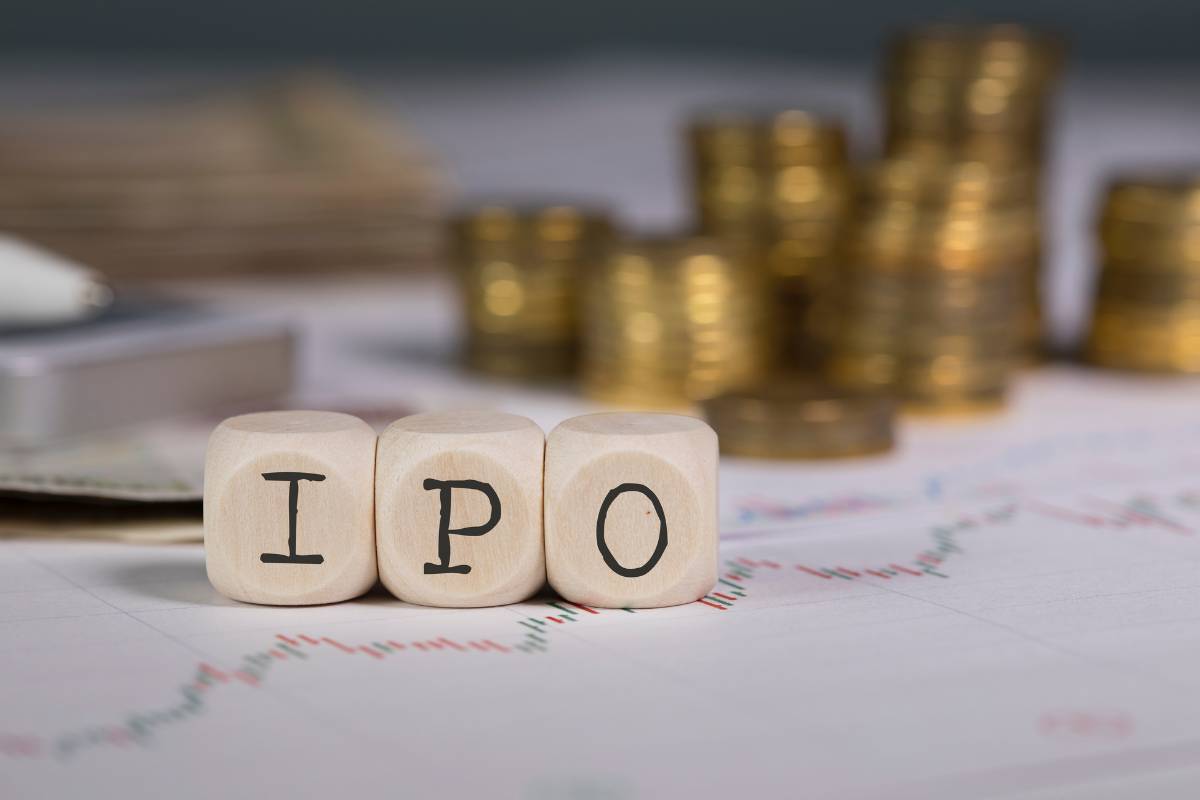When it comes to investing, getting started can seem daunting. Many people believe that they need thousands or even millions to really see significant returns or make it worth their while. Those kinds of upfront investment minimums can feel totally out of reach for most beginners. But here’s the good news – that notion is totally false.
You absolutely can (and should) start investing even if you don’t have thousands of dollars ready to pour in upfront. In fact, with the rise of fractional share investing offered by various trading platforms, you can start with as low as USD$1.
Of course, the returns on tiny investments are very low, but they can teach you important skills and still accumulate nicely over longer timelines. The point is don’t let the idea of needing a huge upfront investment deter you from getting started in the market. In this post, we’ll break down exactly how much money you really need to begin investing as a total beginner.
You don’t need thousands to start investing
Despite common misconceptions, investing isn’t only for the ultra-wealthy. The reality is that regular people can absolutely start small and still see their money grow through the power of compounding returns. While millions or even six figures invested upfront would be nice, it’s by no means necessary just to get your feet wet. A huge factor making investing more accessible is the advent of fractional share investing.
With this feature offered by many popular trading platforms and apps, you can now purchase fractions of whole shares, essentially buying “slices” of the market. That means buying into companies or funds normally out of an average beginner’s budget. For example, you could invest just USD$20 to own a portion of high-priced shares of Apple or Amazon.
Without fractional investing, you may need upwards of USD$100 per share to invest in them. In addition to fractional shares, having no-fee and commission-free trades and minimum deposits ranging from $0 to $100 also opens investing to those without thousands ready to deploy. The bottom line is investing can work even if you’re starting with little. With the right strategy, modest sums invested regularly can grow nicely through compounding over time.
How much money do you really need to start investing?
So, if you don’t need thousands, what is the minimum needed to start growing your money in stocks, funds, or other securities? The amount can vary slightly depending on what you plan to invest in. But for many beginner-friendly assets, you may be surprised how little you need.
For a well-rounded portfolio of low-cost index funds or exchange-traded funds (ETFs) seeking to mimic broader market returns, USD$500 is a reasonable minimum. With that amount, you could spread your investment between four to five diverse ETFs to create exposure to various market sectors, equities, and bonds.
Thanks to fractional shares, that USD$500 can buy you a piece of each fund to build your starter portfolio. If buying individual stocks, most online brokers allow stock trades with zero transaction fees. Expect minimum investments between USD$25-USD$50 per single trade. So, with USD$100, for example, you could purchase two to three shares of companies like Disney, Starbucks, or other popular beginner stocks.
Best investments when starting with little
Once you have your starter funding ready, the next key question is where exactly should you put your money? Choosing smart investments tailored to small-scale beginners can set you up for future success. Here’s a few of them:
- High-yield savings accounts – Earn modest recurring interest with no risk to your principal investment amount.
- Certificates of deposit (CDs)– Lock up funds for a set period to earn higher guaranteed returns compared to savings.
- Mutual funds – Professionally managed bundles of stocks and bonds to provide instant diversification
- ETFs – Baskets of assets that passively track market indexes and trade on exchanges like stocks
- Individual stocks – Purchase fractional shares of public companies to aim for price appreciation over time.
The key is to start small with assets suited to both your risk tolerance and initial investment capabilities. Prioritizing smart, long-term plays over speculation provides the best odds for accumulator portfolios to realize compound growth. Sticking to more conservative assets until you build experience helps mitigate risk.
Conclusion
Investing can work even if you’re starting small. Modern platforms allow almost anyone to open accounts, purchase fractional shares, and invest pocket change with little or no fees. While returns may seem trivial at first, maintaining regular contributions and harnessing compound growth over long timelines can result in very fruitful portfolios down the road.
Stay strategic in your asset selection, take advantage of dollar-cost-averaging into the market over time, and find the best investment platform. Disciplined saving into smart investments, no matter how modest, paves the pathway to financial growth.
















